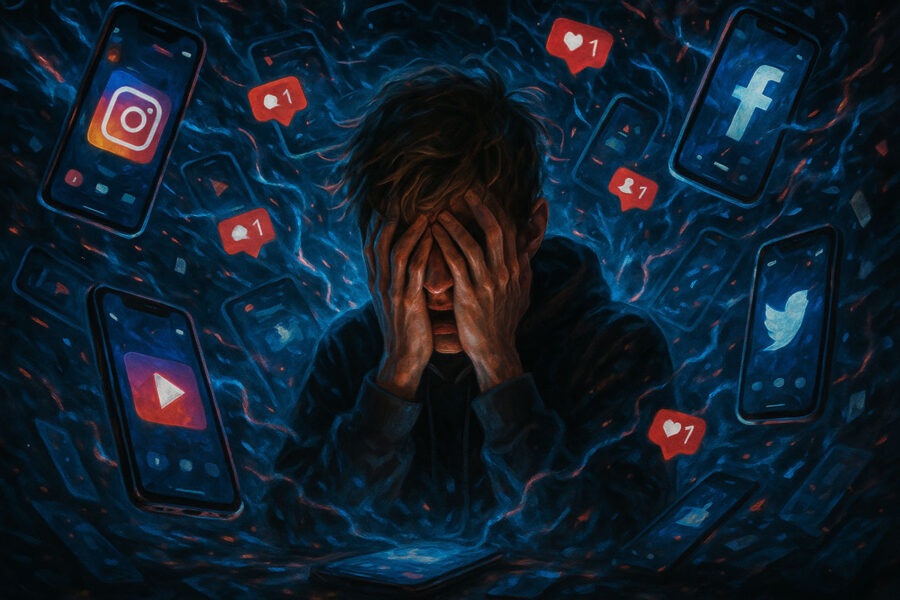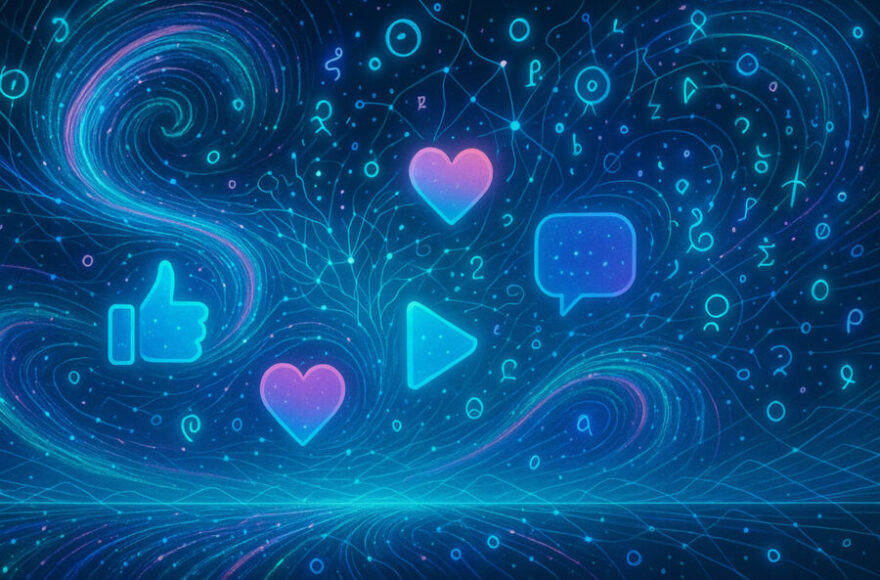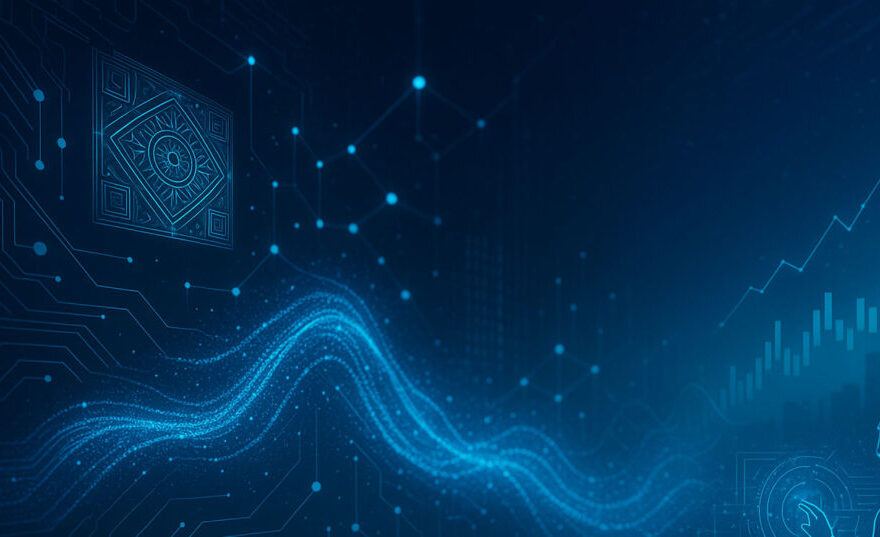InfluencersGoBeWild: When Digital Fame Spirals Out of Control

The Wild Side of Social Media Stardom Nobody Talks About
Social media has completely flipped the script on fame. Gone are the days when you needed a talent agent or a lucky break to become famous. Now? All you need is a phone and the right viral moment. But here’s the thing nobody really talks about – this new kind of fame comes with a price tag that’s way higher than anyone expected.
Enter the world of “InfluencersGoBeWild” – a phenomenon that’s been quietly wreaking havoc across every major platform. It’s not just about influencers having bad days or making mistakes. We’re talking about a systematic breakdown of what it means to be a public figure in the digital age.
This isn’t some academic theory either. Real people are getting hurt, careers are being destroyed overnight, and millions of young followers are watching it all unfold in real-time. The question is: how did we get here, and more importantly, what can we do about it?
What InfluencersGoBeWild Actually Means
Let’s be honest – the term “InfluencersGoBeWild” sounds like clickbait, but it describes something very real and very concerning. We’re talking about those moments when content creators completely lose it online. Not the carefully planned “controversies” designed to boost engagement, but genuine psychological breaks that happen in front of millions of people.
Think about it this way: imagine having your worst day ever, but instead of crying into your pillow, you’re broadcasting it live to thousands of strangers who are recording everything. That’s essentially what happens when influencers go wild. The cameras never stop rolling, the comments never stop coming, and there’s nowhere to hide.
What makes this different from traditional celebrity meltdowns is the intimacy factor. When Britney Spears had her breakdown in 2007, it was paparazzi photos and tabloid speculation. When an influencer breaks down today, their followers feel like they’re losing a friend. The parasocial relationships are that strong.
The Psychological Pressure Cooker
Living for the Algorithm
Here’s something most people don’t realize about social media algorithms – they’re basically designed to reward chaos. Controversial content gets more engagement, more engagement means more visibility, and more visibility means more money. It’s a vicious cycle that pushes creators toward increasingly extreme behavior.
Imagine trying to be creative when you know that your rent money depends on how many people react to your content. Now imagine that the best way to get reactions is to share your most vulnerable moments or say something that’ll make people angry. That’s the reality for most influencers today.
The algorithm doesn’t care about your mental health. It doesn’t care if you’re having a panic attack or going through a breakup. It just wants engagement, and it’ll reward whatever gets people clicking, commenting, and sharing.
The Isolation Problem
One thing that really gets overlooked is how lonely this lifestyle can be. Traditional celebrities have entire teams – publicists, managers, therapists, security. Most influencers? They’re flying solo, managing everything from content creation to business deals to crisis management.
When things go wrong (and they always do eventually), there’s often nobody there to step in and say “maybe we should take a break.” Instead, the pressure to keep posting, keep engaging, keep performing never stops. It’s like being on stage 24/7 with no intermission.
The irony is that influencers are surrounded by millions of followers but often have very few real friends. The people in their lives might be there for the fame, the money, or the access. Finding genuine support becomes incredibly difficult when you can’t tell who actually cares about you versus who cares about what you can do for them.
Platform Wars: Where the Chaos Happens
TikTok: The Chaos Engine
TikTok is basically designed for InfluencersGoBeWild moments. The app rewards spontaneity, authenticity, and emotional reactions. Sounds great in theory, right? In practice, it means that creators are constantly pressured to share their unfiltered thoughts and feelings, often without thinking about the consequences.
The comment sections on TikTok can be brutal. Imagine sharing a vulnerable moment and immediately getting thousands of responses, many of them cruel or invasive. The platform’s algorithm will actually show you the most engaging comments first, which often means the most controversial or hurtful ones.
Plus, TikTok’s audience skews young. Really young. So you have adult creators trying to stay relevant to teenagers, which can lead to some pretty questionable decisions about content and behavior.
Instagram and YouTube: The Pressure to Perform
Instagram used to be all about the perfect life – beautiful photos, amazing vacations, flawless everything. But audiences got tired of that, so now there’s pressure to be “authentic” and “relatable.” The problem is, performing authenticity is just as exhausting as performing perfection.
YouTube is where we see the most dramatic InfluencersGoBeWild moments because of the long-form format. Creators will post 20-minute videos explaining their latest controversy, often making things worse in the process. The comment sections become battlegrounds, and the drama can go on for weeks or months.
The monetization aspect makes everything worse. When your income depends on views, there’s always the temptation to lean into drama because drama sells. Even negative attention translates to ad revenue.
When Things Go Really Wrong
We’ve all seen the headlines. Logan Paul in Japan. James Charles and the endless cycles of cancellation and comeback. These aren’t isolated incidents – they’re symptoms of a broken system that prioritizes engagement over everything else.
What’s particularly disturbing is how quickly these situations escalate. A single tweet or video can destroy years of work in hours. The internet never forgets, but it also never gives people time to learn from their mistakes before moving on to the next controversy.
The human cost is real. We’re talking about depression, anxiety, eating disorders, substance abuse – all happening in public view. And instead of getting help, these creators often double down on the behavior that got them in trouble because it’s the only way they know how to stay relevant.
The Ripple Effects Nobody Talks About
What This Means for Young People
Here’s what really keeps me up at night: millions of kids are watching this stuff and thinking it’s normal. They’re seeing their favorite creators have public breakdowns and learning that this is just what fame looks like. That’s not okay.
The line between authentic expression and performative vulnerability has become completely blurred. Young people are growing up thinking they need to share their trauma online to be interesting or relatable. That’s a dangerous precedent.
We’re also seeing changes in how young people view privacy, relationships, and mental health. When your role models are people who share everything online, it becomes harder to understand the value of keeping some things private.
The New Celebrity Culture
The old rules of celebrity don’t apply anymore. There’s no publicist screening interviews, no PR team managing image, no studio executives making sure stars don’t say anything too controversial. It’s just creators, their phones, and millions of followers.
This democratization of fame has some benefits – we’re hearing from voices that never would have had platforms before. But it’s also created a situation where people become famous before they’re emotionally equipped to handle it.
How Brands Are Making It Worse
Let’s talk about something that doesn’t get enough attention: how brands are contributing to this problem. Some companies have started specifically seeking out controversial influencers because controversy drives engagement. They’re literally profiting off of people’s mental health struggles.
The influencer marketing industry has created a system where creators are treated as disposable. Brands will drop influencers at the first sign of controversy, but they’ll also seek out that same controversy when it serves their purposes. It’s hypocritical and harmful.
There are some brands trying to do better – implementing mental health clauses in contracts, providing support resources, focusing on long-term partnerships instead of quick campaigns. But they’re still the minority.
Signs of Hope (Maybe)
The Pushback Movement
There are some encouraging trends emerging. The “deinfluencing” movement is teaching people to think critically about what they see online. More creators are talking openly about mental health and setting boundaries with their audiences.
Some platforms are starting to implement features designed to protect creators – comment filtering, break reminders, mental health resources. It’s not enough yet, but it’s a start.
Building Something Better
The creators who seem to be thriving long-term are the ones who’ve figured out how to be authentic without being self-destructive. They share their lives but maintain boundaries. They engage with their audiences but don’t let the comments section dictate their self-worth.
These creators often invest in professional help – therapists, managers, social media teams. They treat their influence like a business, which means thinking about sustainability instead of just chasing the next viral moment.
Where Do We Go From Here?
The InfluencersGoBeWild phenomenon isn’t going away anytime soon. If anything, it’s probably going to get worse before it gets better. The incentive structures that reward extreme behavior are still in place, and the platforms are still prioritizing engagement over user wellbeing.
But that doesn’t mean we’re powerless. As consumers of this content, we have more influence than we realize. Every like, comment, and share is a vote for the kind of content we want to see more of. If we stop rewarding destructive behavior with our attention, creators will eventually adapt.
For the creators themselves, the path forward involves some hard choices. It means prioritizing mental health over metrics, building real support systems, and accepting that sustainable success might look different from viral fame.
The wild west of social media needs some rules, and it’s going to take effort from everyone – platforms, creators, brands, and audiences – to create a healthier digital culture. The question is whether we’ll act before more people get hurt, or whether we’ll keep watching the chaos unfold until something forces us to change.
The choice is ours, but we need to make it soon. Because right now, the house is on fire, and we’re all just standing around taking pictures.


